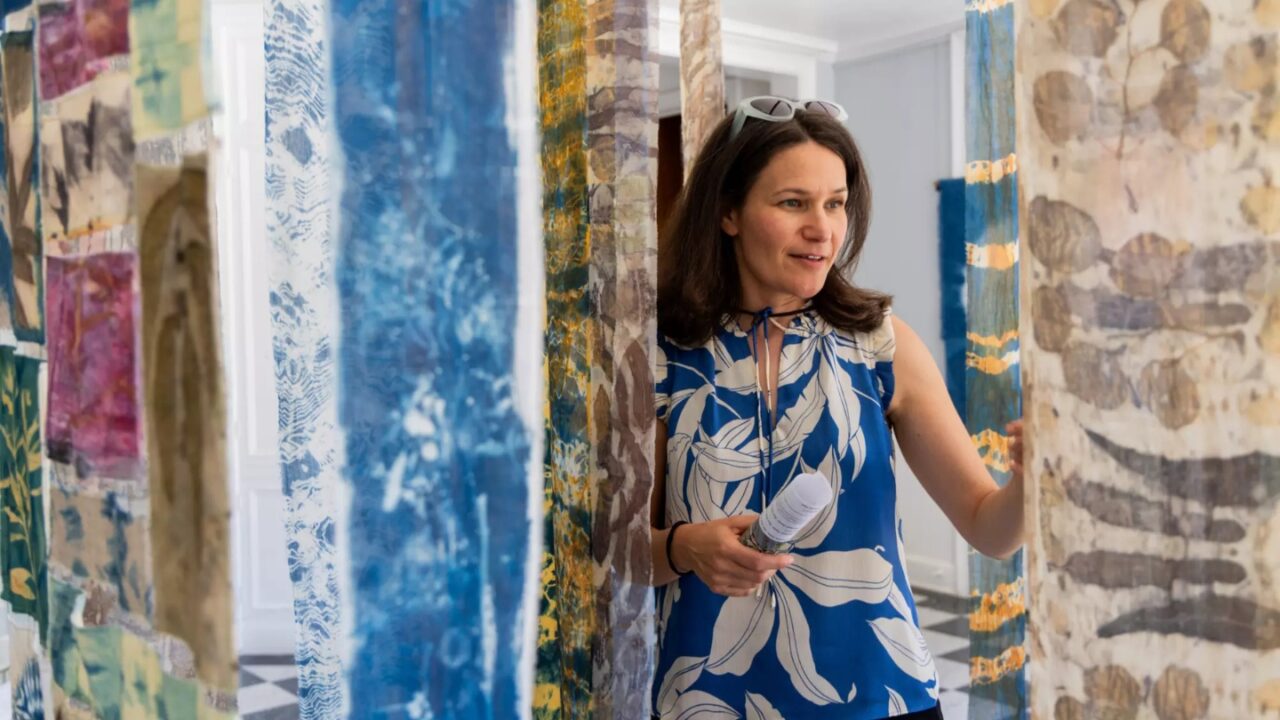
UCLA’s Real Action Heroes: Fighting for sustainability one green mission at a time
<em>By Tetra Balestri, Student Contributor</em>
By Tetra Balestri, Student Contributor
Scouting buildings at midnight to record electricity waste and luring in amphibians at the Botanical Gardens are among the activities commonplace to members of the Education for Sustainable Living Program’s (ESLP) 2015 Action Research Teams (ART). ART began in 2004 as a volunteer based component of the undergraduate student-led organization. It is now a competitive two quarter course that allows qualified students to join campus professionals in conducting research and actively changing UCLA’s approach to sustainability.
Teams are formed based on the interests of student participants and university stakeholders. Some teams are more research based, a few focus on education and publicity, and others promote programs or viable technologies. Every group updates their progress to a blog on a bi-weekly basis. The online journal keeps students, stakeholders, the UCLA community, and general public informed of the teams’ experiences. At the conclusion of spring quarter, the results of the current projects will be announced during a formal final presentation scheduled for June 1.
“The blog gives a more personal perspective outside of all the science,” said ART Director Danh Lai. Danh and fellow ART Director Ellen Lomonico oversee the seven distinct teams:
Bike hopes to encourage more students living on the hill to bike to class. Their research will begin with surveys assessing the conveniences, facilities, and motivations potential bicyclers need.
Bio-Diversity is collecting data on plants, birds, and reptiles at various locations on campus. Their goal is to compare the biodiversity of manicured sights such as Royce Quad with wild environments such as Botanical Gardens and Sunset Canyon Creek.
Energy is focused on changing student behavior when it comes to energy usage. Part of their behavioral study includes surveying solar cell phone chargers with the goal of making them available to students. In addition, they are conducting an energy audit on campus and have already installed light and occupancy sensors in select classrooms to begin collecting data.
Green Lab aims to make labs more eco-friendly by improving the recycling wastes systems and finding ways to conserve utilities. Their plan will begin with an initial waste audit, followed by the implementation of an innovative recycling program, as well as a final audit to gauge the program’s success.
Recreation is assessing the energy efficiency at the John Wooden Center. They’ve collected energy bills from the past three months to evaluate possible improvements in cost and energy efficiency. The team is comparing this data with their own field research that includes recording light, TV, and electronic use throughout the workout day.
University Apartments’ objective is to encourage residents to improve their recycling habits. They are incorporating various techniques such as informational door handles, alternative recycling bins, new signage, and more. These approaches aim to create environmentally-conscious habits and improve the mere 40% recycling diversion rate.
Water is conducting an on-campus audit by evaluating water consumption of various fixtures such as bathroom sinks and toilets. They have already taken on Bunche Hall and Perloff Hall by looking at fixture models and flow rates.
Running into hurdles is a natural part of the process however the labor is well worth it. Much of the initial research conducted by the ESLP students is later advanced or brought to fruition by campus stakeholders. In 2014, research estimated that ART efforts and adjustments to operations saved UCLA an average of $100,000 a year. This year’s teams will continue to engage with faculty and staff to pilot new technologies and policies in order to make campus that much greener.



